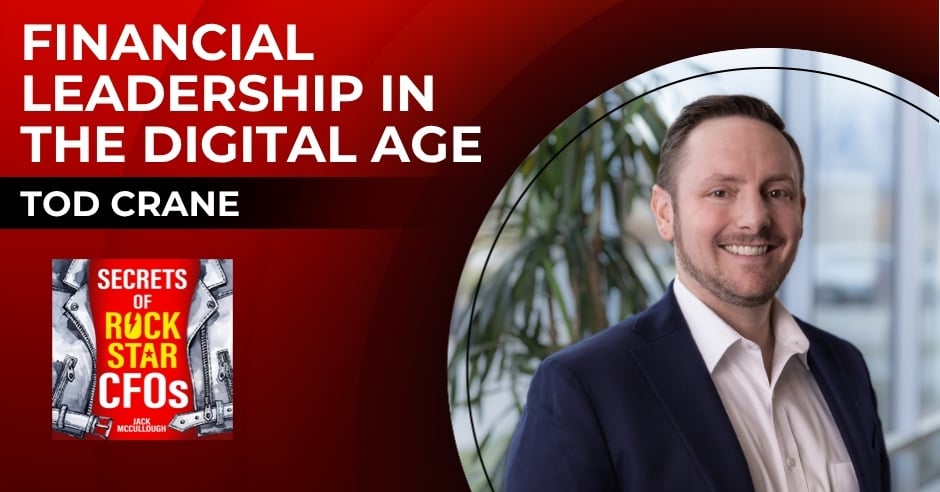As governments worldwide and U.S. state and local authorities seek new revenue streams, they often attempt to increase proceeds from businesses through indirect taxes. Budgetary pressures are causing U.S. states, for example, to hike sales tax rates and apply sales taxes to new product categories, as Maryland recently did by imposing a 3 percent sales tax on data and IT services.
One of the companies helping businesses deal with the complexity and scale of indirect tax compliance worldwide is publicly held Vertex Software in King of Prussia, Pennsylvania. With about 2,000 employees, Vertex offers products that automate tax determination, compliance, reporting, tax data management and other processes.
Vertex CFO John Schwab gave CFO Leadership some insight into how Vertex itself keeps pace with indirect tax rate changes and regulatory shifts, and how it’s preparing for the new real-time tax reporting rules spreading across the globe.
As regulatory pressures intensify and digital transformation accelerates, especially in the world of tax, how do you guide Vertex through these changes?
In addition to addressing the immediate needs of finance, I am responsible for blending financial stewardship with operational insight and cross-functional collaboration. I view finance as the connecting bridge across the organization.
My role involves translating the impact of regulatory and digital shifts into actionable game plans for the broader team. That includes championing investments in AI/automation, data governance and compliance infrastructure that future-ready our operations and enhance stakeholder confidence.
A CFO needs to manage risk, drive innovation and build resilience across the business. I navigate this by creating space for proactive thinking, setting time aside to account for priorities and anticipating what’s ahead, which allows me to stay focused amid the noise of constant industry changes.
How do you leverage internal and external strategic relationships to stay ahead of regulatory and compliance demands while supporting Vertex’s broader strategic goals?
I stay intricately connected with internal leaders across legal, IT, product, people and culture and operations internally to ensure that we aren’t interpreting regulatory changes in isolation but as part of an integrated strategy. Aligning with the sales and marketing teams, for example, is a great place to start to gauge demand drivers when trying to stay ahead and in tune with what our customers are feeling.
Externally, I prioritize ongoing dialogue with many of our key partners, audit and accounting advisors, other CFOs and business and tax leaders. That enables us to anticipate the trajectory of global trends and respond with agility. Strategic relationships are a force multiplier. They ensure that compliance is embedded in our processes, enabling us to achieve the broader goal of being a trusted partner to our customers.
The global VAT landscape is undergoing a significant transformation. What role does financial agility play in enabling that response?
The global shift toward e-invoicing and real-time tax reporting [in VAT] presents significant compliance challenges for many businesses due to tight budgets, talent shortages and lack of IT support. But there’s also a compelling opportunity for finance leaders to embrace agility in their systems and their mindsets.
At Vertex, we’ve embedded flexibility into our planning and decision-making frameworks using automation, ensuring we can pivot quickly as new mandates arise. We’ve also found it crucial to leverage data effectively in both reporting and operational processes. We must ensure that the systems and processes we implement establish a clear link between real-time reporting and the periodic reporting requirements mandated by tax jurisdictions. That approach helps maintain compliance and optimize operations in an increasingly digital landscape.
By deliberately focusing on the outputs that deliver the greatest impact, whether that’s scaling compliance automation or building real-time data capabilities, our organization can meet regulatory demands without compromising innovation or customer services.
What leadership principles do you see as critical to driving cross-functional alignment and ensuring Vertex continues to serve as a trusted advisor and resource?
One of the most important leadership principles I’ve relied on is clarity, which has brokered success in priorities, expectations and outcomes. I strive to make sure that everyone across the organization understands how our financial and compliance strategies tie into Vertex’s organizational value proposition. It’s this transparency that fosters alignment, reduces friction and bolsters confidence in decision-making.
Equally important is consistency—showing up prepared, creating space for thoughtful conversation and keeping a customer-first perspective helps us remain a trusted advisor, both internally and externally.








